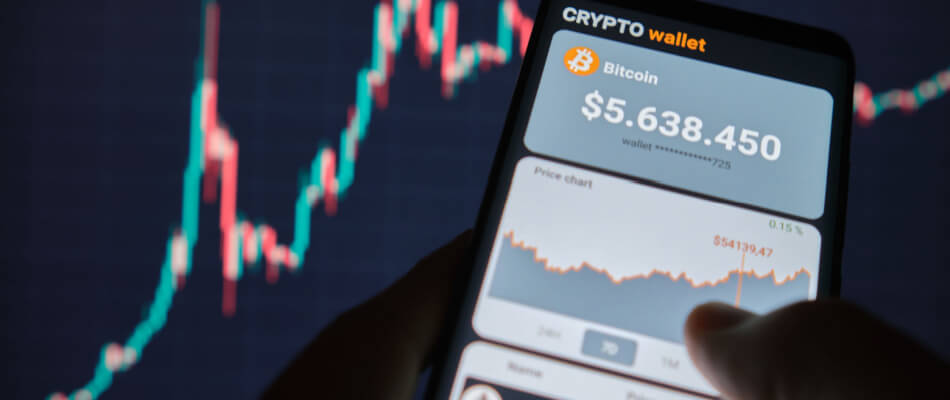Traden in crypto
The word ‘Trading’ is used in the crypto world for trading in cryptocurrencies . Although this is still quite new, more and more people and companies see a future in cryptocurrency and the blockchain technology used for this. Many crypto coins have increased significantly in value in recent years, which is why trading in Bitcoins and altcoins is (still) gaining popularity. However, this does not mean that all ‘traders’ make super profits.
A first important difference with the traditional stock exchange is that trading in the cryptocurrency world is fast. 1 year of trading on the crypto exchange is considered equal to 4 years on the traditional exchange. Another notable difference: trading in crypto coins continues 24/7. In contrast to the traditional exchange, you can also trade with cryptocurrencies during the weekend. Handy if you don’t have much time during the working week.
The purpose of ‘trading’
Buying and selling (also known as trading) cryptocurrencies is easy. You buy crypto coins at a certain value and when the value of the coin has increased, you try to sell it again. You have the option to hold the cryptocurrency for a longer period of time and only trade it at peaks. You can also choose to take (smaller) profits several times a day. An important factor in this choice is the time you are willing to spend on trading crypto coins.
The difference between trading large and small cryptocurrencies
Cryptocurrencies that are widely available are quickly becoming popular. Think of Bitcoins, Litecoins and Ethereum. This popularity is due to the strong price increases that these cryptocurrencies have experienced in recent years. That is why these coins are traded a lot. Cryptocurrencies and trading in these crypto coins is still fairly new, new crypto coins are added daily. There are also quite a few coins in which relatively little is traded. If there is not much trading in a crypto coin, this means that relatively more profit can be made from such a cryptocurrency than with the previously mentioned cryptocurrencies with large volumes (such as Bitcoin).
Volatility
Trading or trading in cryptocurrencies is not without risks, strong fluctuations in the prices can generate both large profits and drastic losses. These price changes are called ‘volatility’ and can make the price of a crypto coin rise or fall by tens of percent in just a few minutes. That is why it is wise to only effectively invest money that you can afford to lose in the crypto world. Trading with your precious savings could cause you an incredible amount of stress (and worries). It is also advisable to make conscious choices when you start trading cryptocurrencies. For example, note down at which price you are going to buy and/or sell certain crypto coins.

How does cryptocurrency trading work?
Short trading or short-term trading is often used on the cryptocurrency market, much more often than on the ‘traditional’ stock market. The prices sometimes fluctuate a lot and you can take advantage of this by buying at a low price and selling again at a high price. It is not unusual for the crypto price to suddenly rise or fall by 10% in just one day. You can certainly make some time to buy and sell online for a few hours. You can earn or lose money relatively quickly in the cryptocurrency world. Therefore, always be alert and follow the news around the crypto coin crypto world closely.
When the government blocks a coin, this can have a negative effect on the price and then you should get out of this price as soon as possible. Positive news can be that a large organization will allow payments in a certain crypto coin. This will increase the value of the coin and you can still profit from that.
Compare brokers and start investing in cryptocurrency
Are you excited about investing in cryptocurrency after reading this article? Compare brokers and find the broker that suits you best!